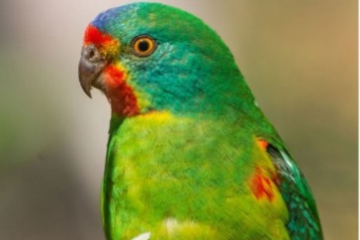- Make the piles large enough to be safe for climbing children and to deter firewood collectors and vandals. Piles approximately 5 metres X 5 metres X 1.5 m high have been successful on a creekside site.
- Don’t use Camphor Laurel logs at all.
Willow, Coral Tree and other weed tree logs which may reshoot should only be used in the 2nd and 3rd layer and not in contact with the ground.
Any native trees (such as Eucalypts, Melaleucas, Casuarinas, Callistemons, Brushbox, etc) can be used in any layer. - Scarify (rip) the soil surface to give burrowing animals improved access to the soil.
- Place logs directly on the soil surface so that a platform or raft is created. To prevent predation by cats, etc, but allow entry to small birds, lizards and frogs, try to place logs (maybe some branches and rocks) so that gaps are less than 100 millimetres wide. Use materials that are too heavy for kids to move around. Try to use larger logs (300 mm or so in diameter) to create a solid, deep platform for the base.
- Place more logs (and some leafy branches) on top to create a 2nd and 3rd layer (maybe more to get the height). Pack all this material in close together. Make the top layer difficult to climb on (rough, sloping sides) to deter kids and reduce disturbance. The finished log pile should stand 1-1.5 metres high at least.
- No mowing, whipper snippering or herbicide spraying should be carried out near the log piles. If necessary, mark out a non-disturbance boundary edge two metres from the log pile with survey paint. Place logs and rocks within the 2m boundary to deter overkeen mowers. Plant local native species or allow native regeneration to grow around these log piles.
© Danie Ondinea March 2001
Australian Association of Bush Regenerators (NSW) Inc. 2006


Leave A Comment